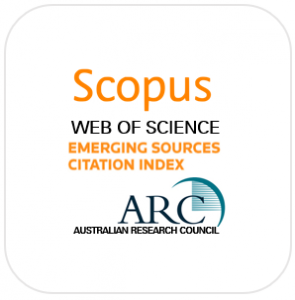Vol. 11, No. 1 (2015), 53–83
Abstract
Naufragios or shipwrecks were calamitous events in the 250-year history of the line. Their disastrous impact was felt more in the western end of the line—in the Philippines. The present study seeks to understand why and how these disasters occurred. To answer these questions, the frequency, geographic distribution and causes of shipwrecks involving Manila galleons were examined in order to understand the interplay of various hazards along the Manila-Acapulco route. The study reveals that 90 percent of these disasters occurred in the western portion of the line—the Philippines, Japan and the Marianas—70 percent of which occurred within Philippine coasts and archipelagic waters. Marine hazards dot the entire stretch of the Manila galleon route from Cavite to San Bernardino with every step in the way being associated with a lost galleon. Along the archipelagic route, the San Bernardino Strait accounted for most of the wrecked galleons. Most, if not all, incidents of shipwrecks were attended by severe weather condition. However, the severe punishments inflicted on galleon officers and government officials involved in shipwreck incidents emphasised the human factor in the occurrence of maritime disasters. Generally, the Manila-Acapulco line operated under favourable winds and sea conditions until it reached the western end of the line underscoring the need for more stringent safety measures navigating these waters where weather, topography and human error combined to create catastrophic ending for many of the Manila galleons.
Author’s bio
Efren B. Isorena obtained his BA, MA and PhD in History from the University of the Philippines. His graduate studies deals with Philippine prehistory and maritime history. He held teaching positions at the University of the Philippines (Diliman and Manila campuses), De La Salle University, St. Scholastica’s College in Manila and the Assumption College in Makati. He is currently an Assistant Professor at the Ateneo de Manila University teaching undergraduate and graduate courses. The author has published a number of articles on Philippine prehistory and maritime history both in local and international journals.
Download

